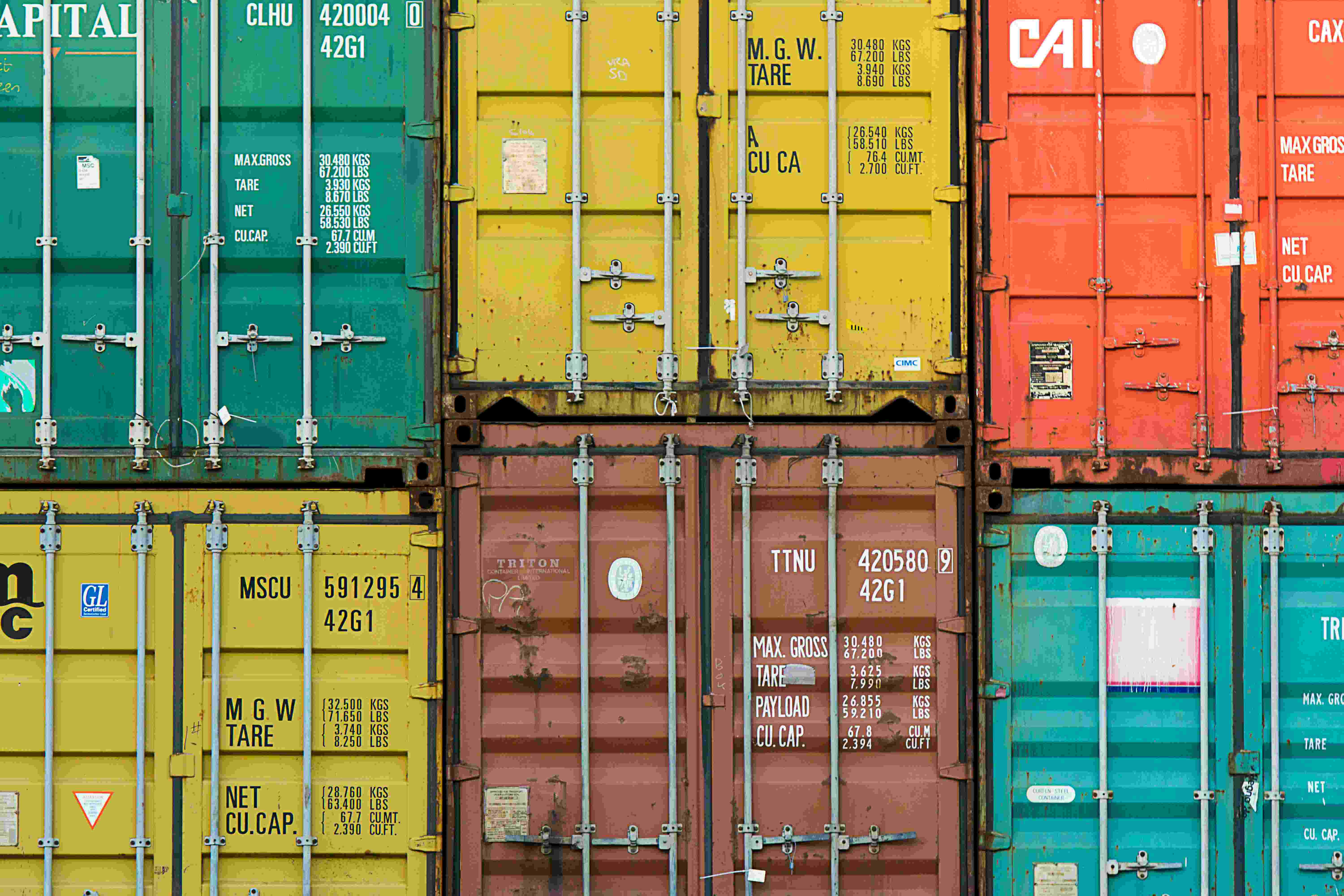

Quality Guarantee


Delivery in 2-5 business days
Proud member of


5.0 Stars on Google Reviews
Shipping containers, also known as cargo containers or storage containers, are essential components of global trade, offering a durable and standardized means of transporting goods. Their robust construction allows them to endure harsh conditions at sea and on land, making them versatile for various applications beyond shipping. This article delves into the materials and components of a shipping container, exploring what makes them so resilient and functional.

Added: 12/02/2024
The primary material used in the construction of shipping containers is steel. Steel is chosen for its exceptional strength, durability, and resistance to corrosion, which are critical qualities for containers that often face extreme weather conditions and heavy handling.
Corten Steel: Most shipping containers are made from Corten steel, also known as weathering steel. This type of steel is designed to form a stable rust-like appearance after exposure to weather, which helps protect the material from further corrosion. The use of Corten steel ensures that the containers remain structurally sound even after years of use in harsh environments.
The walls and roof of a shipping container are constructed from corrugated steel panels. The corrugated design adds structural strength, allowing the container to withstand heavy loads and impacts. These panels are welded together to form a watertight and windproof shell, ensuring the safety and security of the cargo inside.
The frame of a shipping container is a critical component that provides the overall structural integrity. It consists of steel beams and posts that form the skeleton of the container. The frame supports the walls, roof, and floor, distributing loads evenly across the structure. High-strength corner posts are crucial as they bear the load when containers are stacked on top of each other.
The floors of shipping containers are typically made from marine-grade plywood, reinforced with steel cross members. Marine-grade plywood is chosen for its resistance to moisture and pests, ensuring longevity and durability. The steel cross members provide additional support, ensuring the floor can handle heavy loads without bending or breaking.
The doors of a shipping container are made of steel and are designed to be robust and secure. They are fitted with weather-tight seals to prevent water and dust from entering the container. The doors are equipped with locking mechanisms to ensure the security of the cargo during transport and storage.
Corner castings are critical components of a shipping container, located at each corner of the container. These cast steel fittings are used to secure the container to other containers or to the frame of a truck, train, or ship. They are designed to withstand high loads and are essential for safe and efficient handling during transportation.
Gaskets and seals are used around the doors and other openings to ensure the container is weather-tight. These components prevent water, dust, and pests from entering the container, protecting the cargo inside.
Paint and Coatings: Shipping containers are coated with protective paints and coatings to prevent corrosion and extend their lifespan. These coatings are usually applied in multiple layers, including a primer, a corrosion-resistant coat, and a topcoat that provides additional protection and aesthetic appeal.
Insulation (for modified containers): When shipping containers are repurposed for uses such as homes, offices, or storage units, insulation is often added to the interior. Various materials, including foam, fiberglass, or spray insulation, are used to regulate temperature and improve energy efficiency.
Whether used as cargo containers, storage containers, or repurposed for creative projects, the robust construction and materials used in shipping containers make them a reliable and valuable asset in various applications. Their design and composition ensure that they can safely transport goods across the globe or be transformed into innovative structures that meet a wide range of needs.